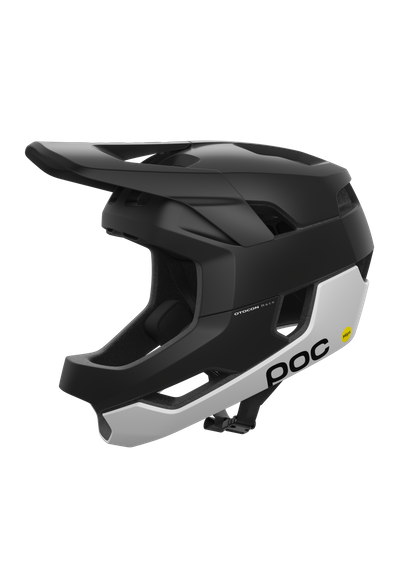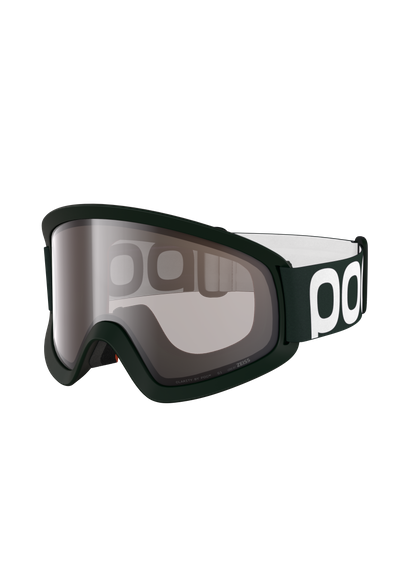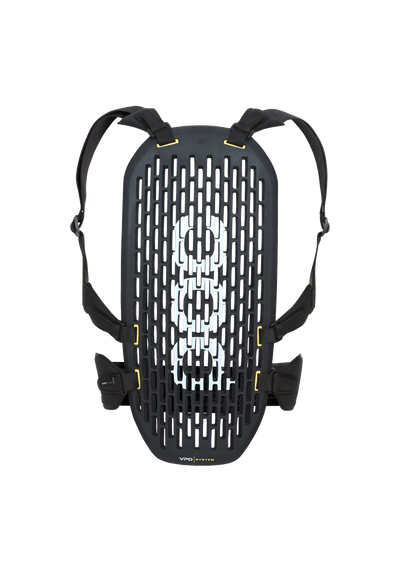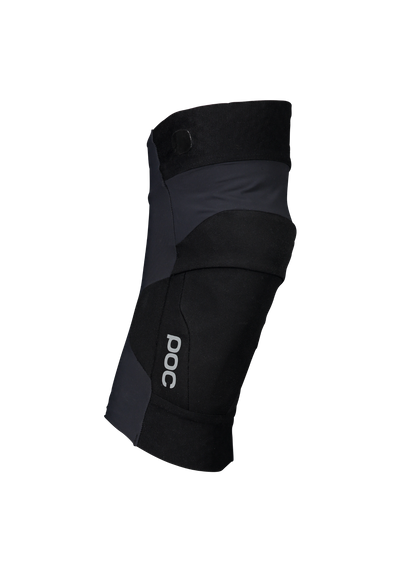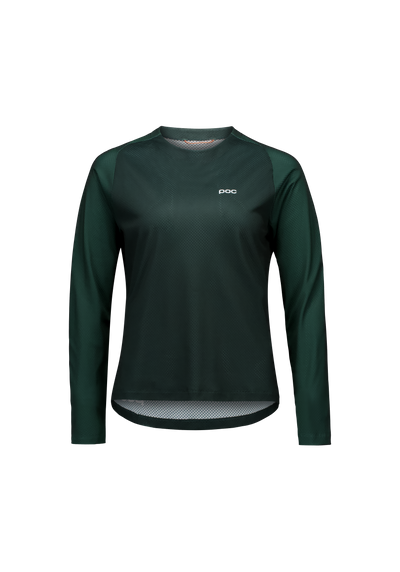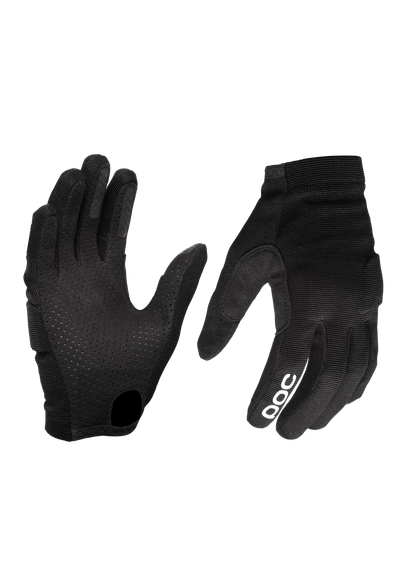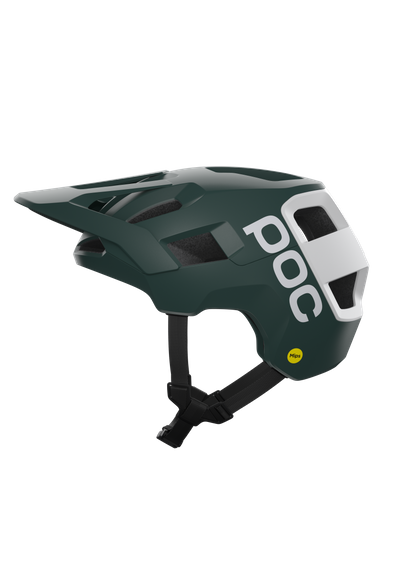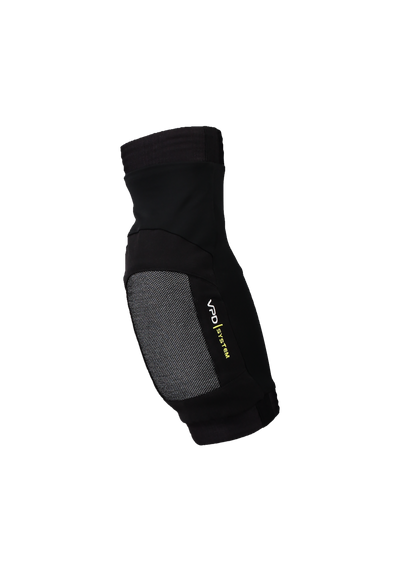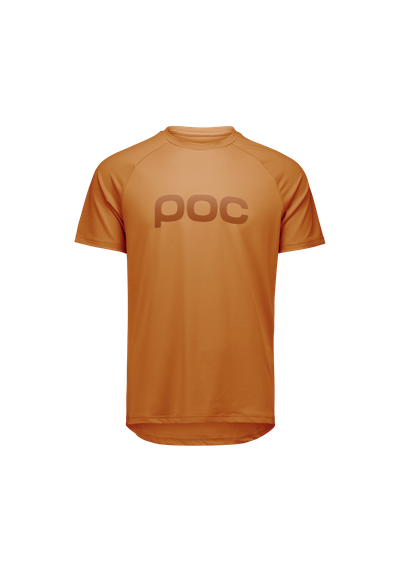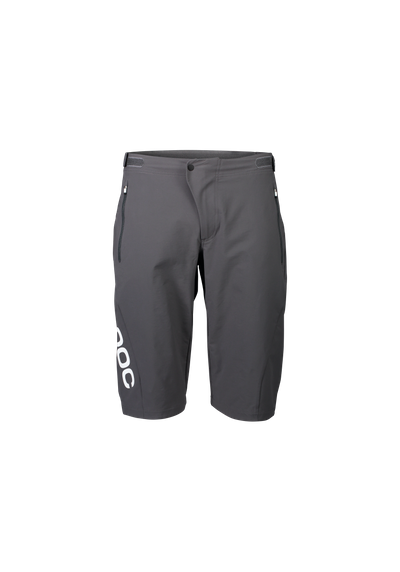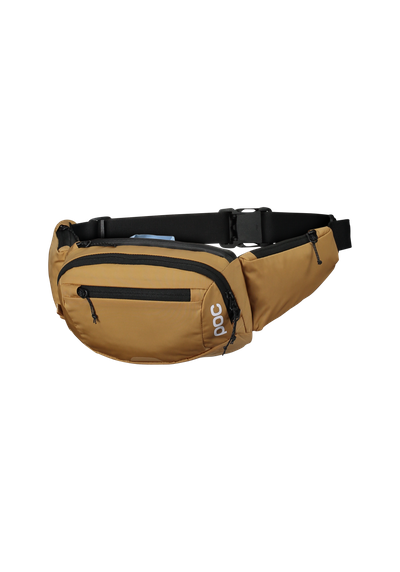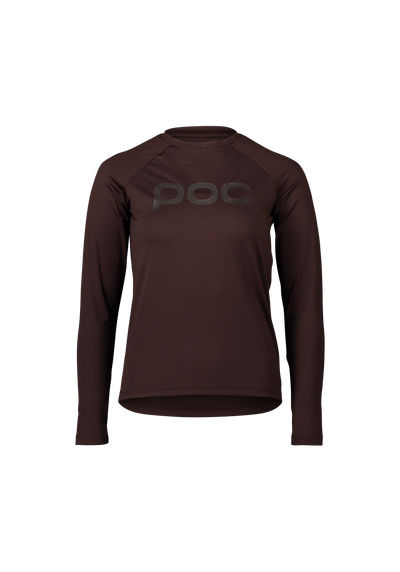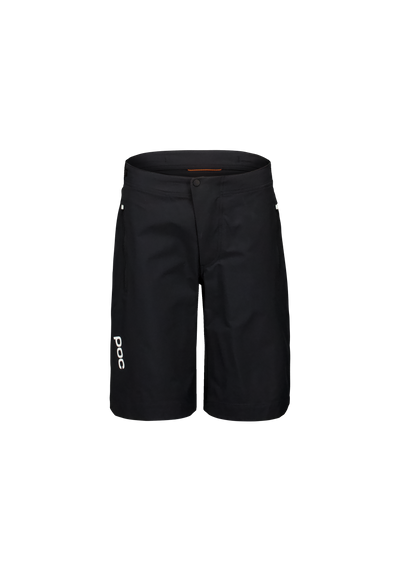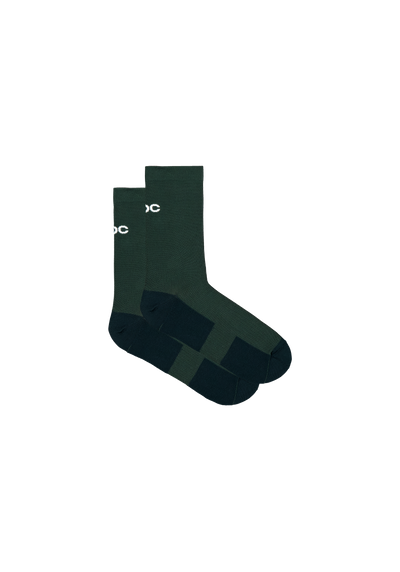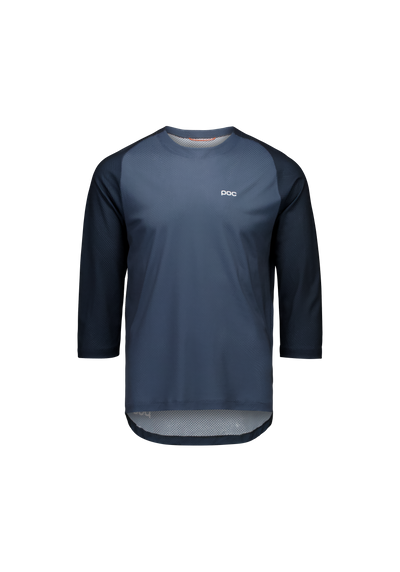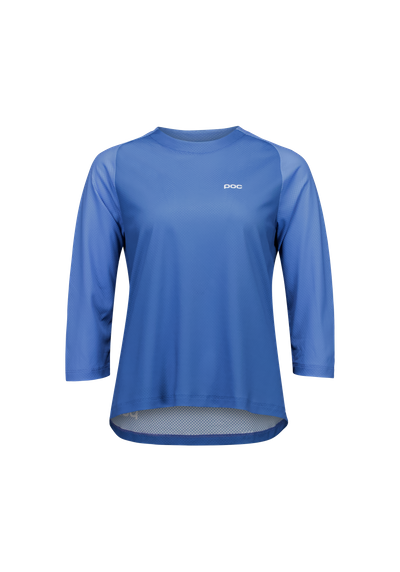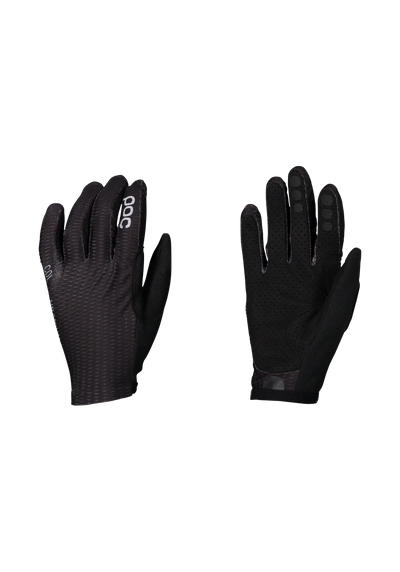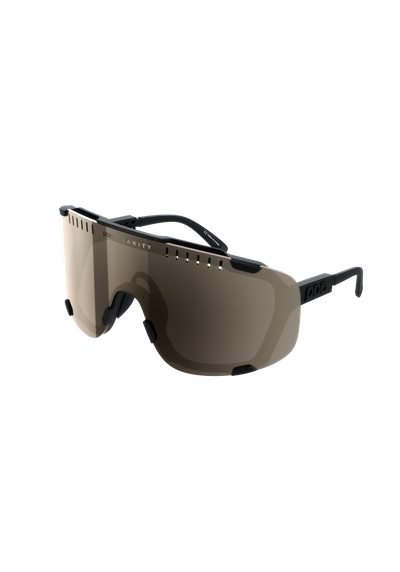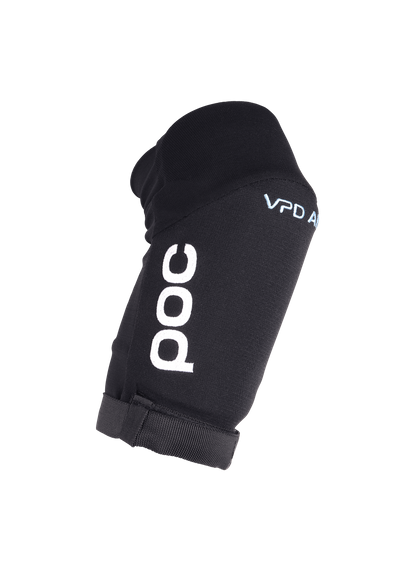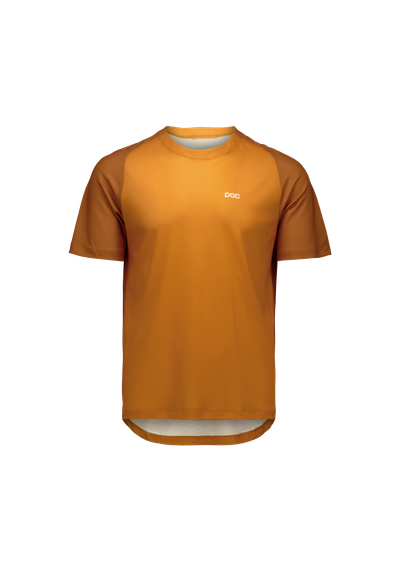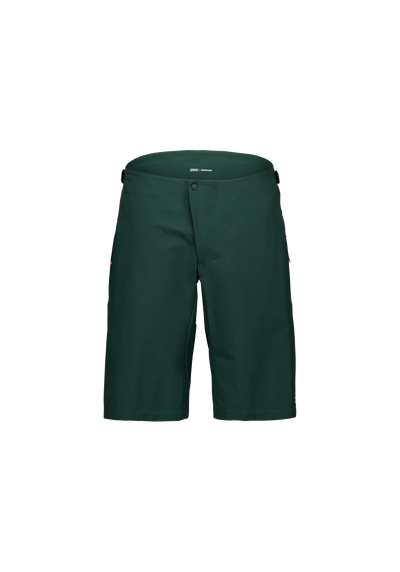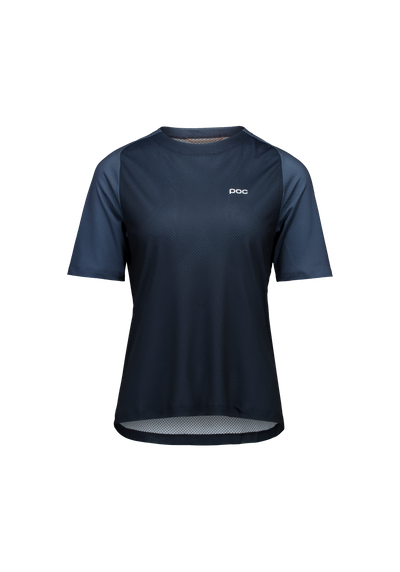How to dress for MTB
There is a science to dressing for mountain bike riding: your choice of apparel can make or break any ride, regardless of whether you are riding downhill, enduro, trail or cross country. By following certain principles when choosing what to ride in, you’ll be able to stay protected and comfortable, and be able to move freely every time you are on the bike. Use this guide to learn the key principles of choosing the right kit for MTB, and find the right pieces for your specific discipline.
Use a helmet and eyewear developed specifically for your discipline, balancing ventilation and comfort with the type of protection you need; choose protectors and body armour that absorb the kind of impact forces you are most likely to be exposed to; and layer your apparel for ultimate comfort across a broader range of temperatures and conditions.
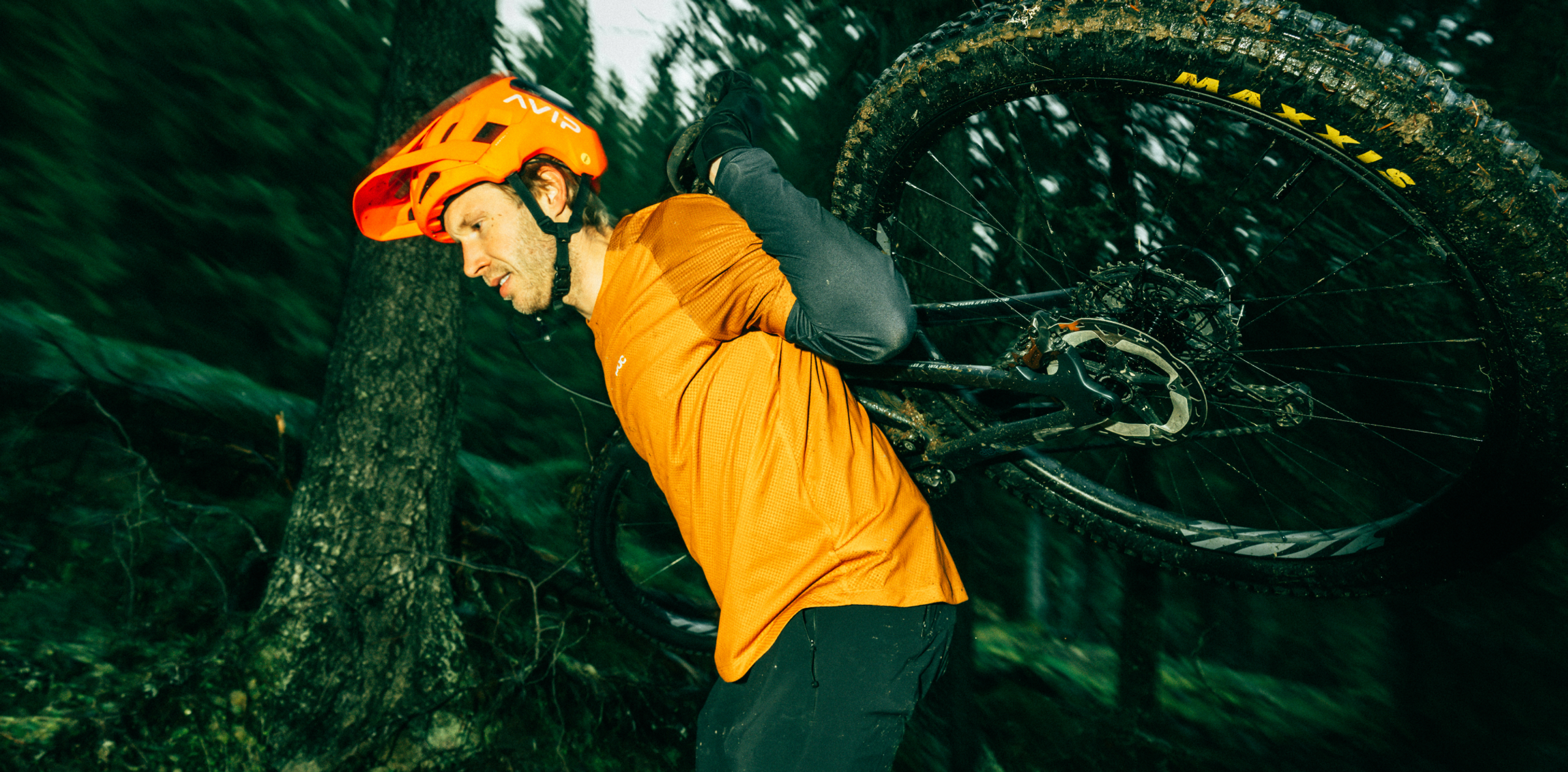
Combine a base layer with a jersey and jacket to best manage your body temperature.
LAYER FOR THE CONDITIONS
Build your kit following the basic principles of layering: In colder conditions, combine a thin base layer that sits close to your skin with a moisture-wicking mid layer and a wind- and/or water-proof outer layer to stay fully protected from the elements. As your temperature rises, you can easily adjust your layers as needed.
In warmer conditions, use fewer layers and look for materials that allow heat to escape and quickly wick moisture away from your body.
PROTECT YOUR MOVEMENT
Central to all mountain biking disciplines is the ability to move freely on and around the bike as you tackle obstacles on the trail. But the way you move around the bike differs slightly, so choose your body protection and armour based on whether you ride downhill, enduro, or XC in order to feel most comfortable each time you ride.
Explore our complete range of body armour to find the right pieces for every ride.
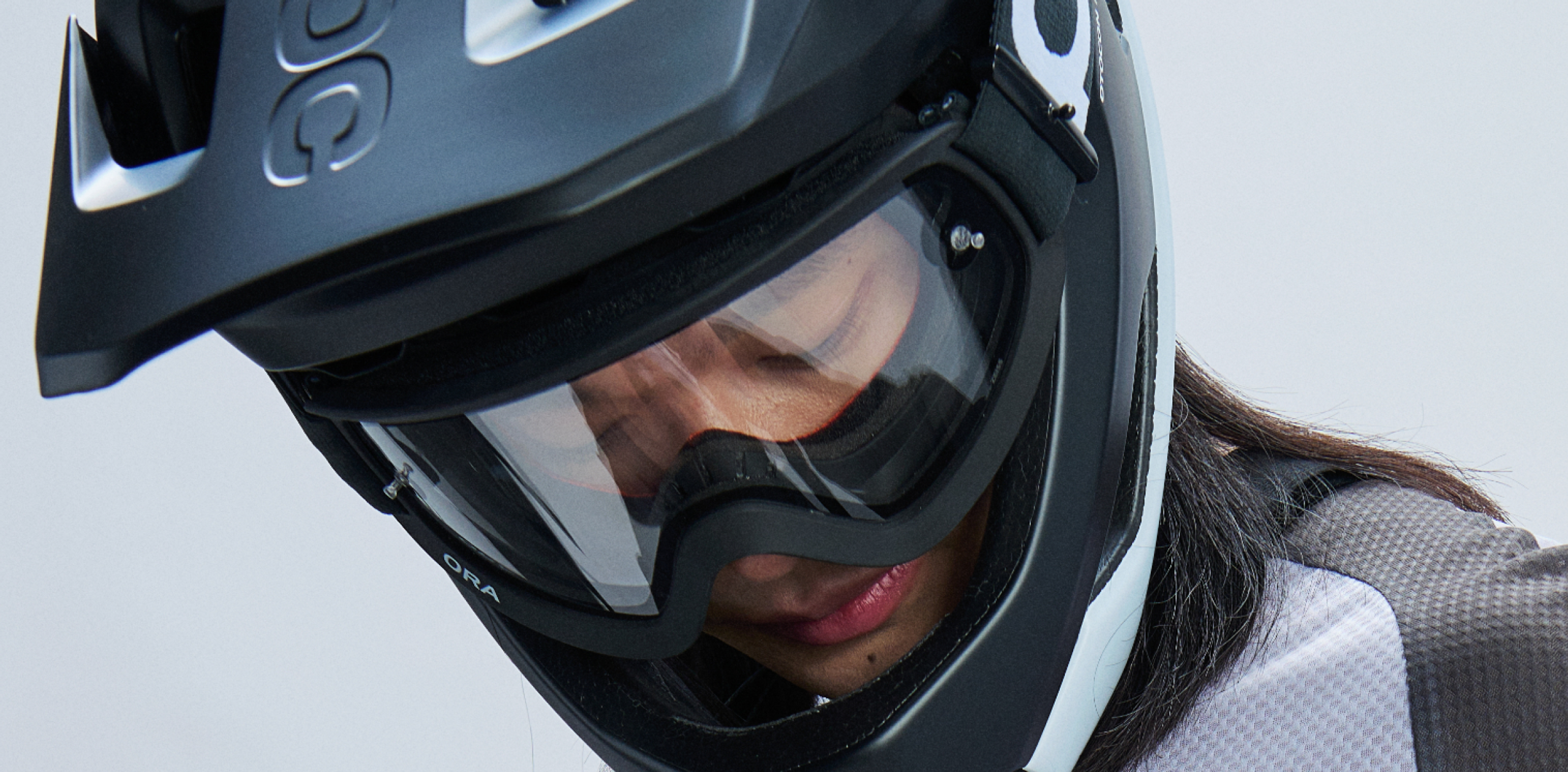
FIND YOUR FOCUS MATCH
Helmets and sunglasses are shaped to work together for ultimate comfort, fit and performance. Choose both together so they can work together, and you can keep focus purely on the trail ahead.
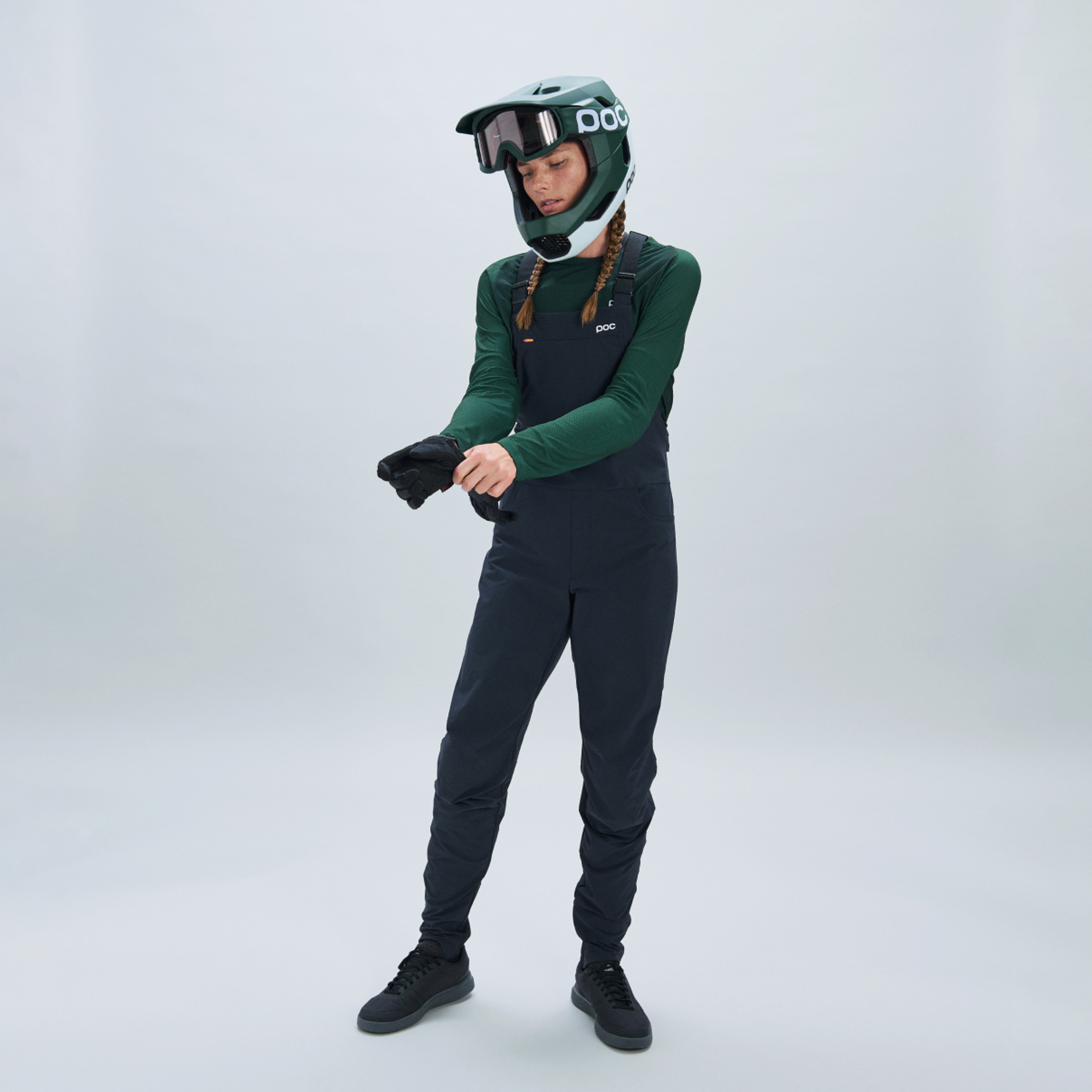
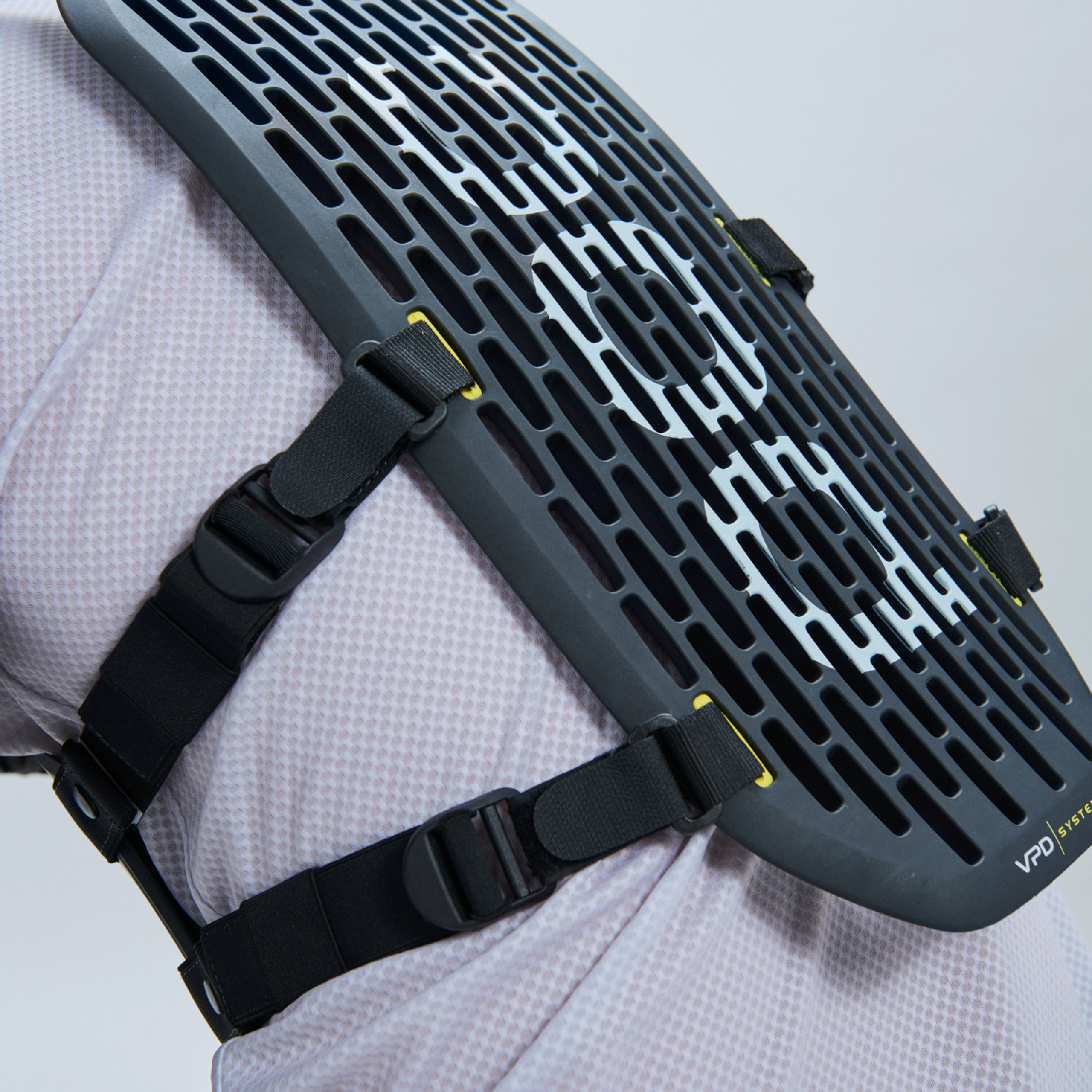
When riding downhill, choose pieces that cover your body and work with body armour.
DOWNHILL
Choose a full-face helmet and use goggles for eye protection. Choose bulkier protectors and cover more of your body with them. A chest and back protector are vital for this style of riding.
Downhill apparel should be constructed from more durable fibres and materials, making it less likely to rip and tear if you fall.
DOWNHILL - OUR RECOMMENDATIONS
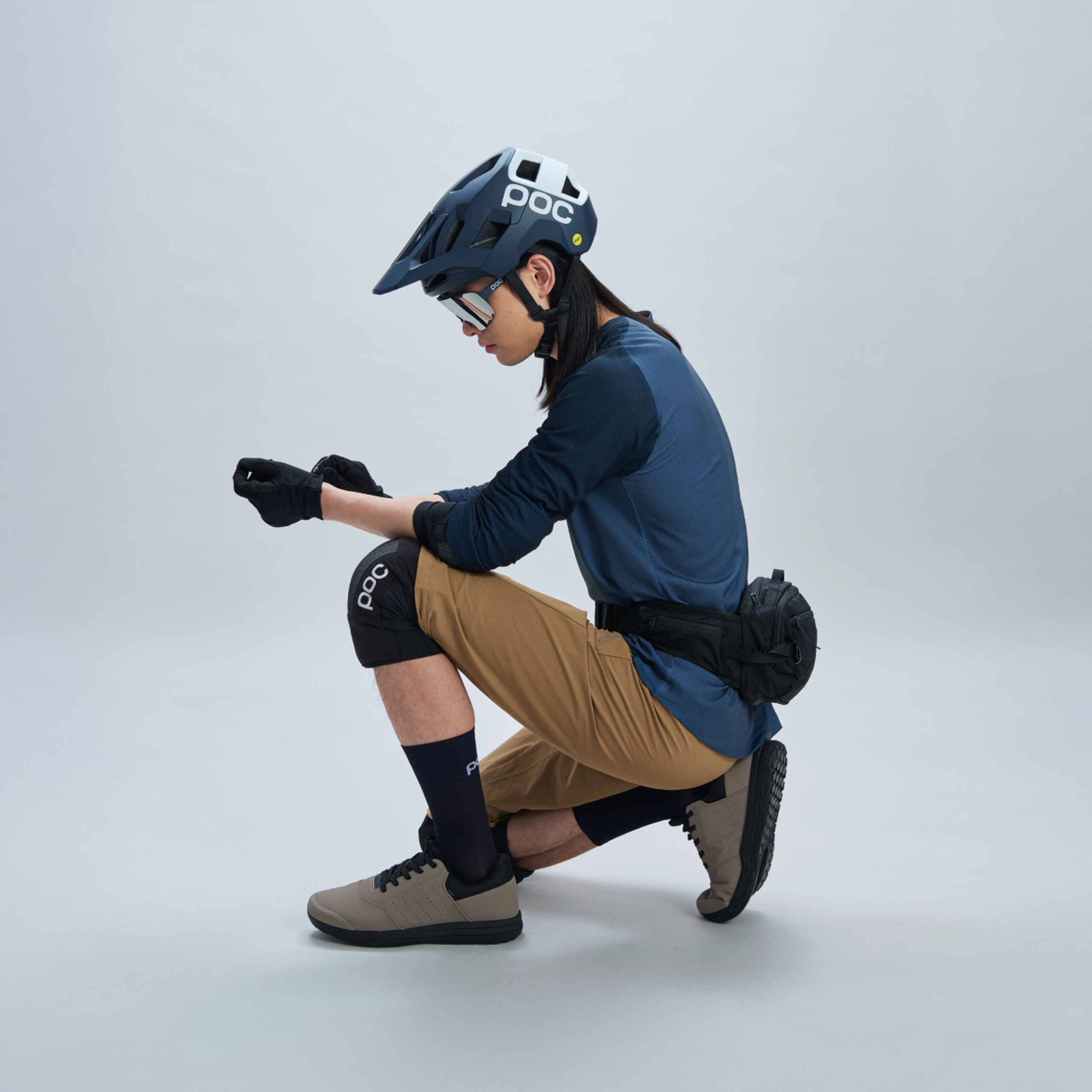
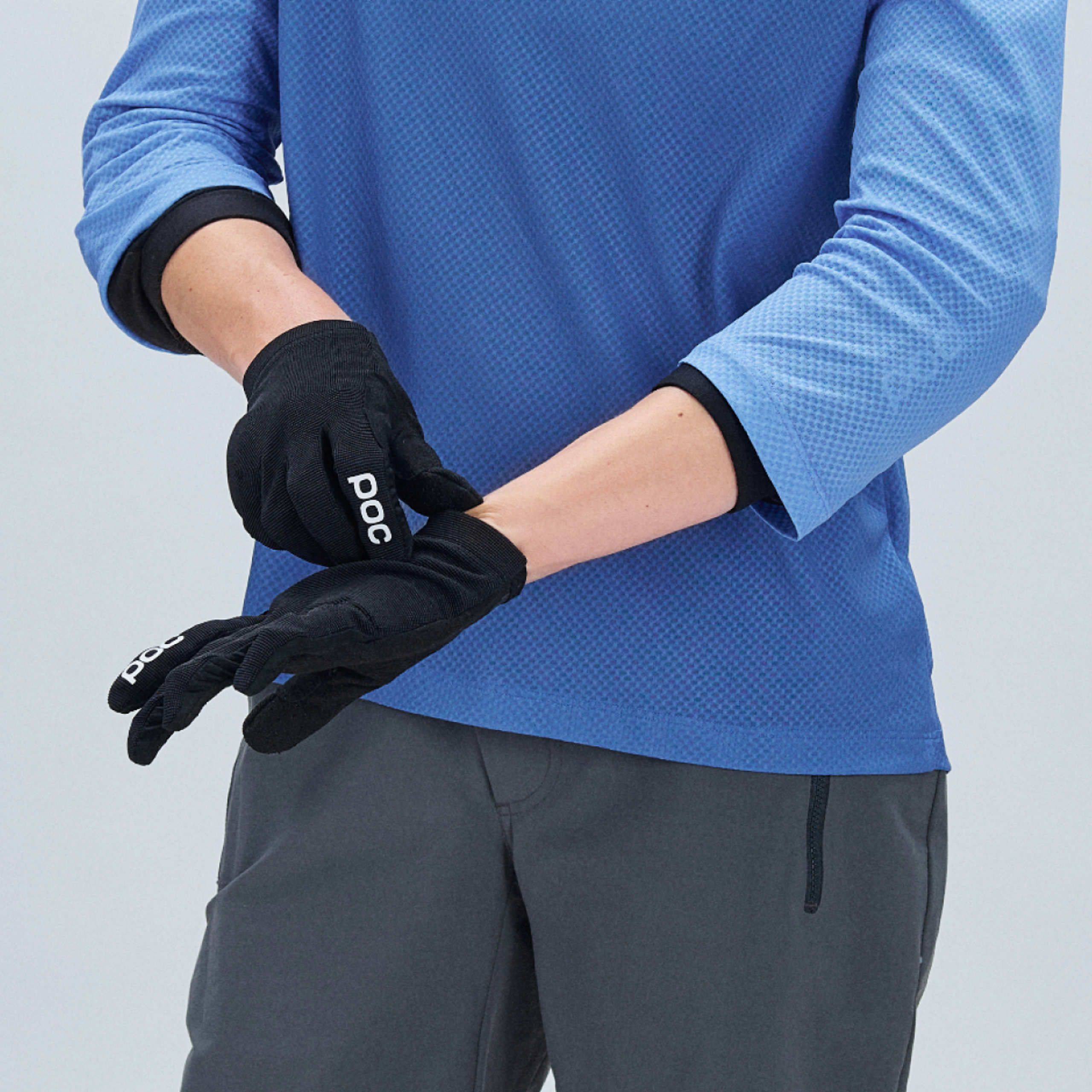
Look for breathable, flexible pieces that combine well with body armour for enduro. Add a lightweight pack to keep ride essentials within easy reach.
ENDURO
Pieces that are made for both climbing and descending are vital for enduro. Look for well-ventilated apparel that offers exceptional freedom of movement so you can pedal up and ride down freely.
Breathable, technical pieces will help to keep you comfortable, and will move naturally with your body as you pedal.
Highly ventilated protectors like those in the VPD System collection offer a higher level of impact protection and are exceptionally flexible, so you can always move freely.
Choose a helmet that offers extended protection zones and pair with larger sunglasses to offer as much eye protection as possible.
ENDURO - OUR RECOMMENDATIONS
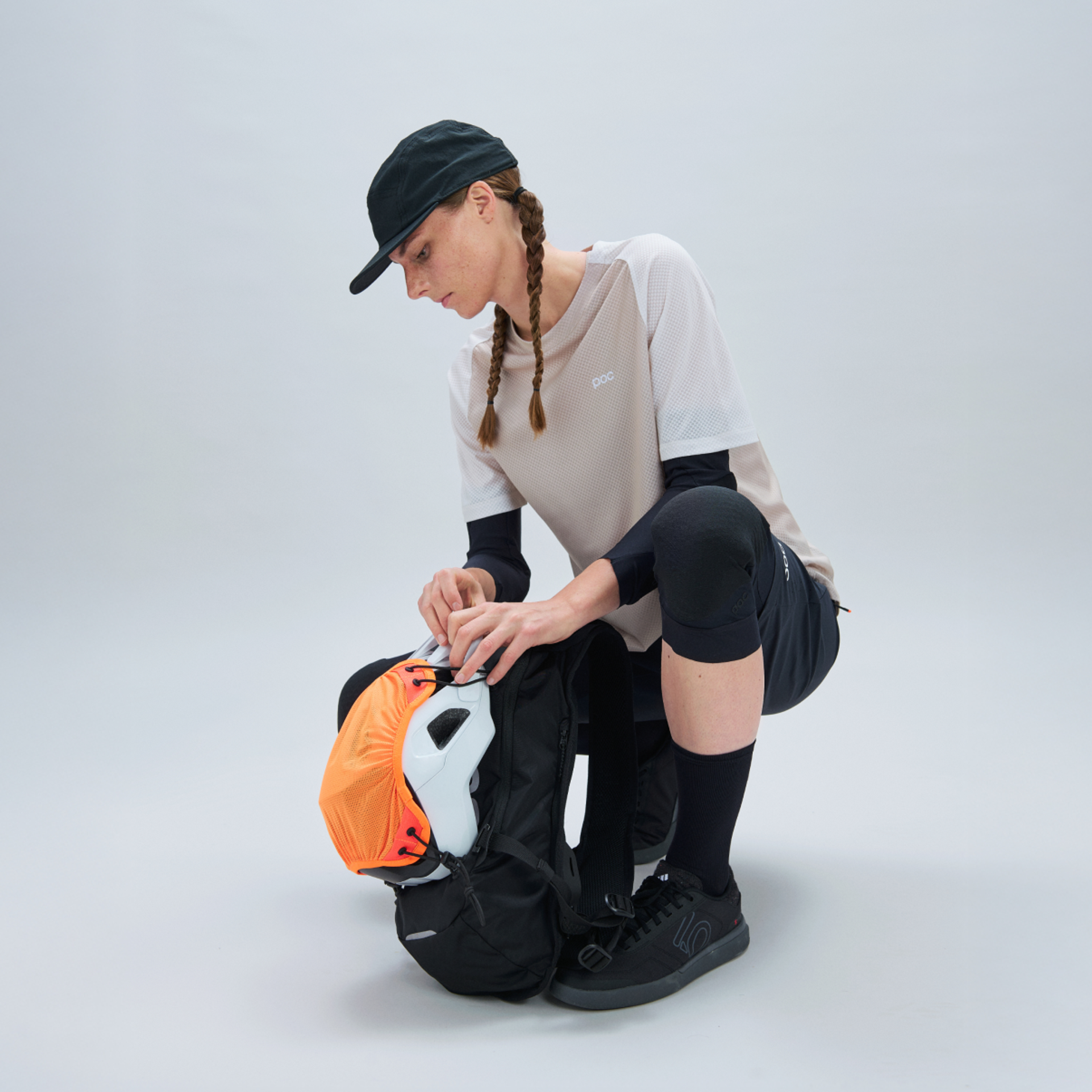
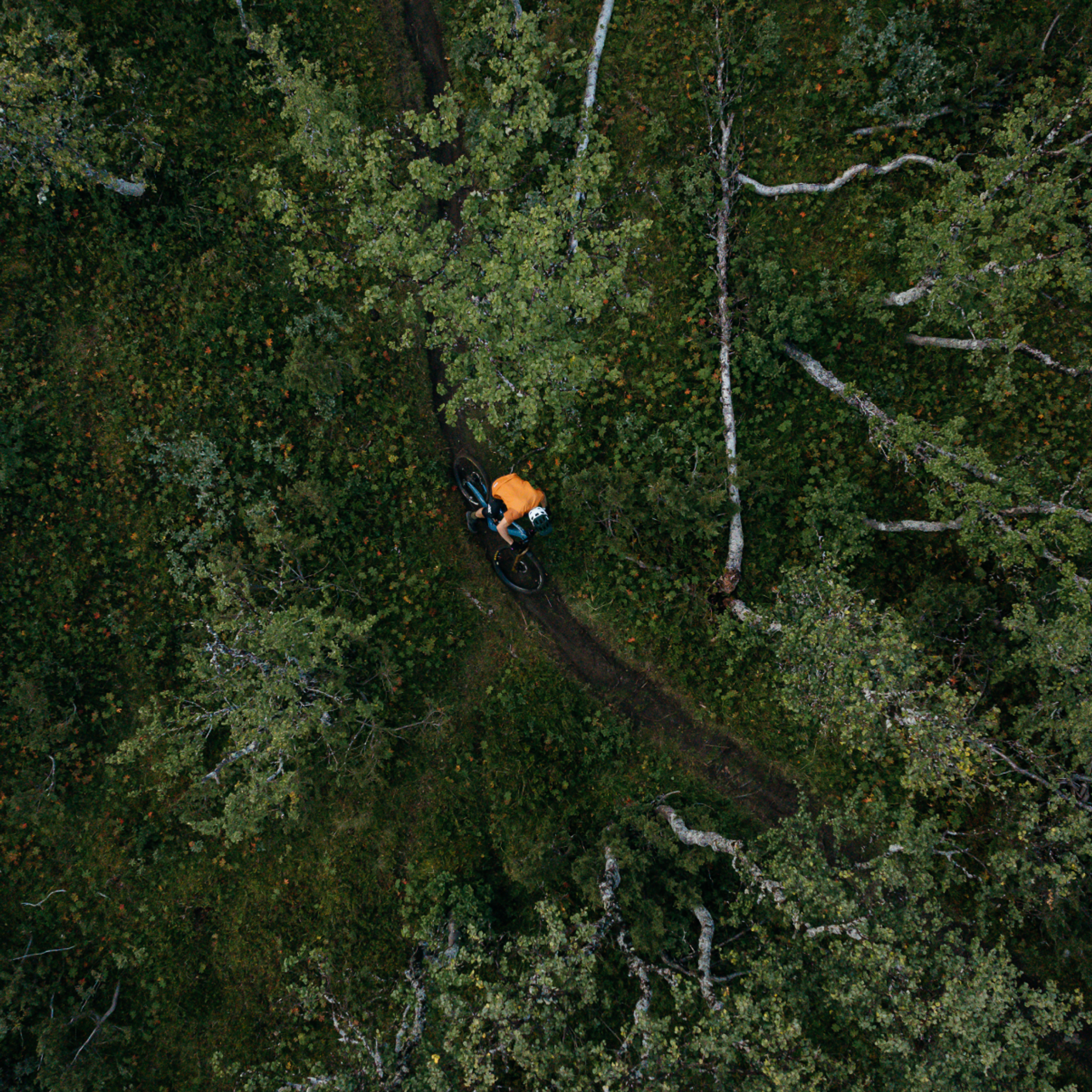
Lighter pieces tha tare highly breathable and move freely with your body are a good choice for long days on the trail. Add a lightweight, durable backpack to carry more kit.
TRAIL
On trail rides, maintain focus on lightweight, breathable and ventilated pieces so that you can move in comfort all day long.
Thinner protectors like the VPD Air Flow are shaped for ultimate flexibility, are lightweight and breathable enough to stay comfortable for much longer periods of use.
Pair with a highly ventilated helmet like the Cularis to ensure heat can easily escape from your head all day long.
TRAIL - OUR RECOMMENDATIONS
KEEP IT SIMPLE
It’s easy to get lost in a world of technical materials, but the most important thing is being comfortable enough to enjoy yourself fully each time you ride. So don’t overthink it: find the kit you like and head out on your local trails.
